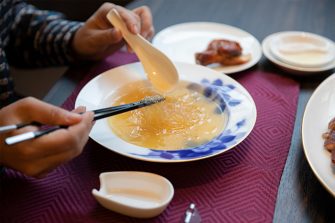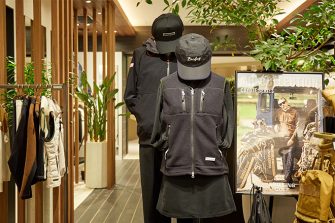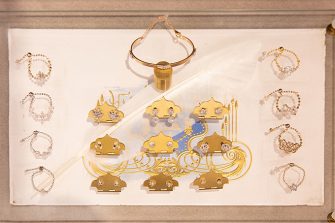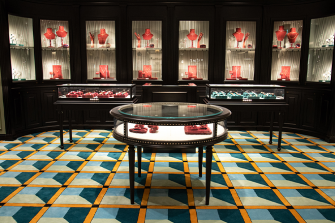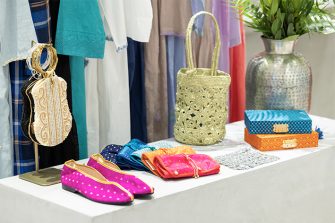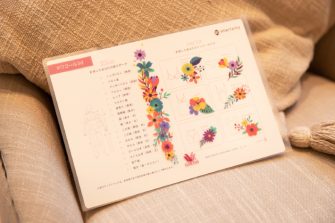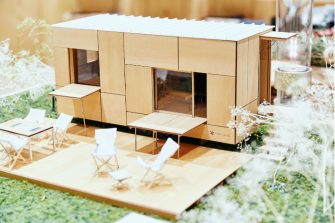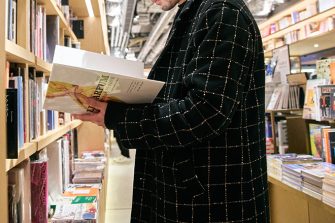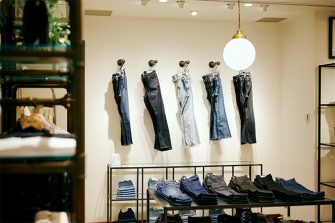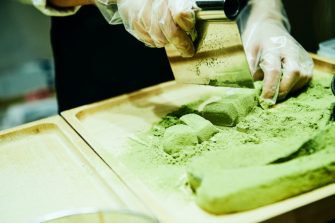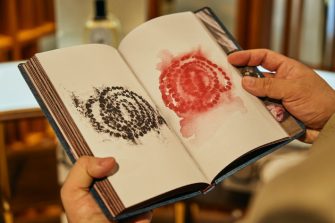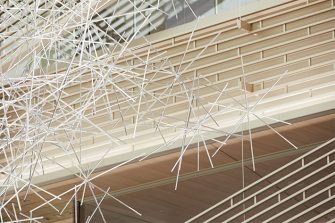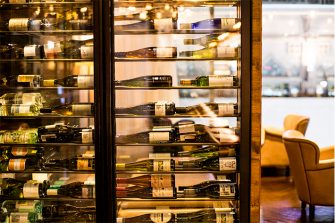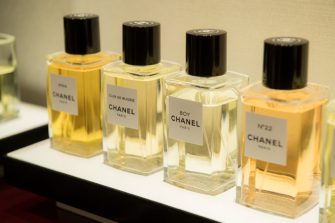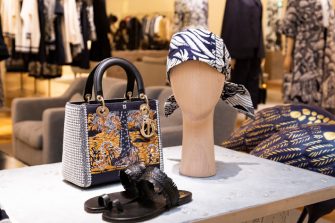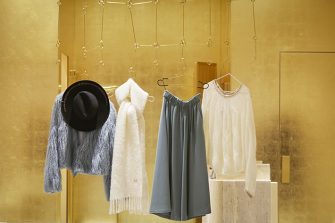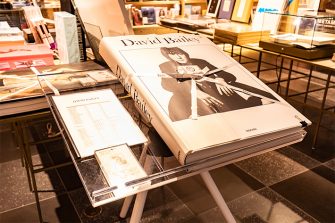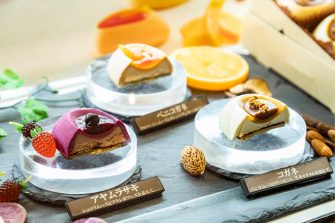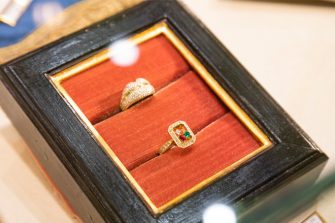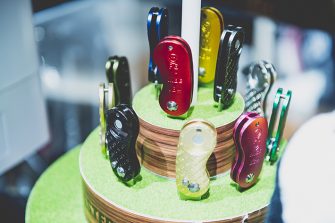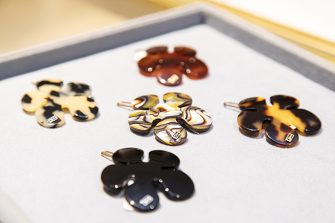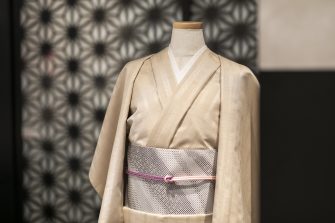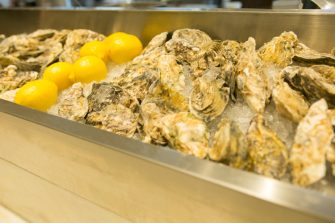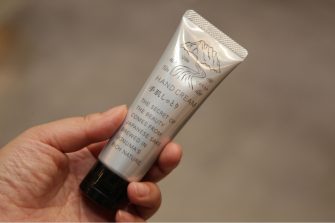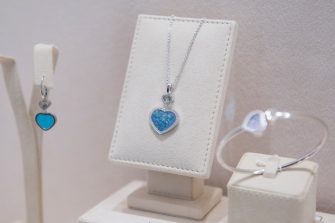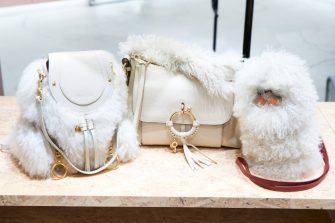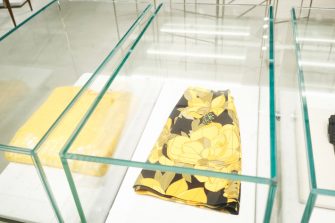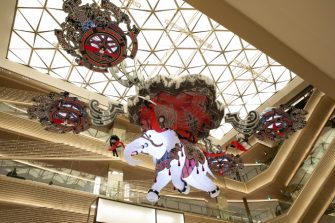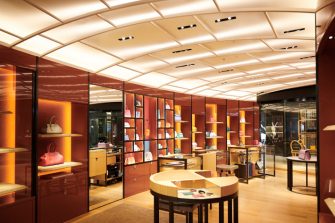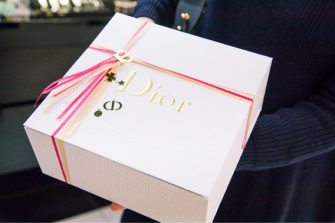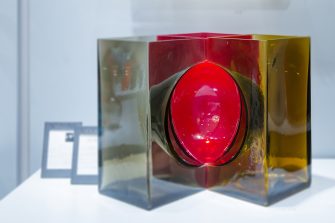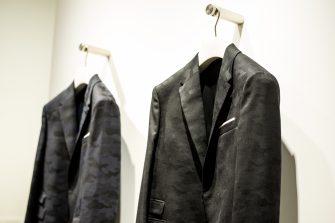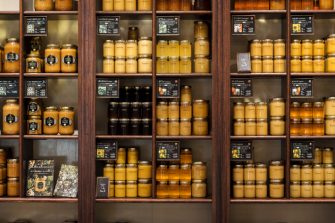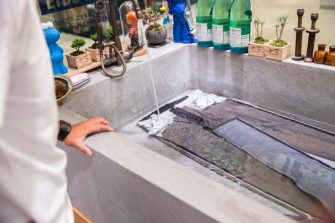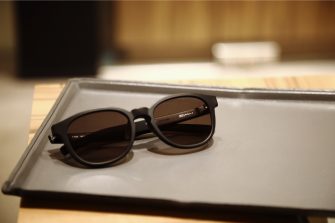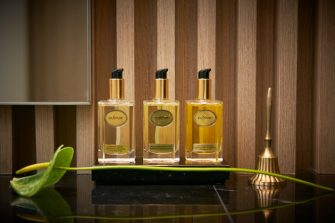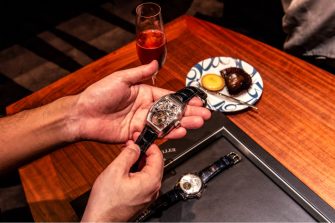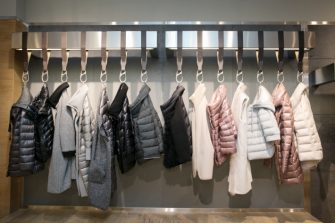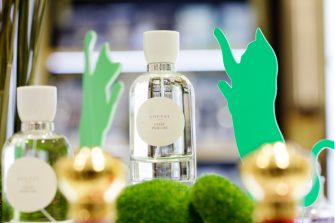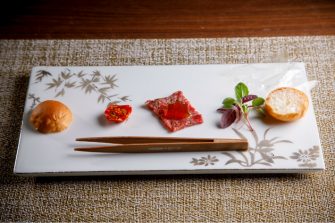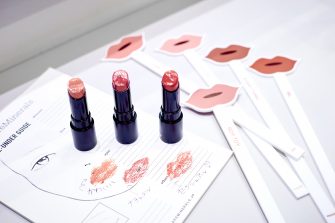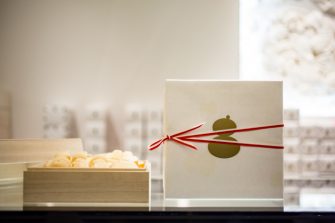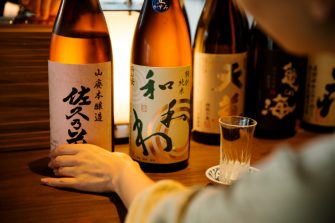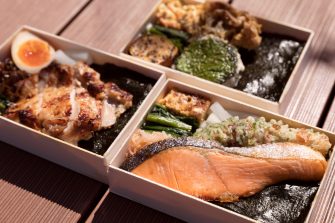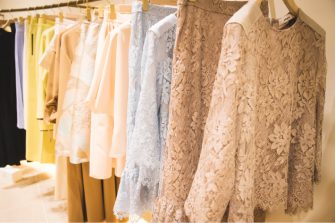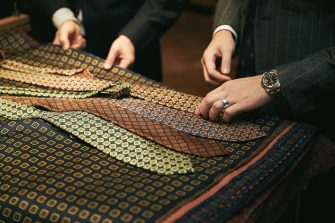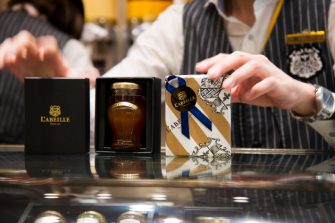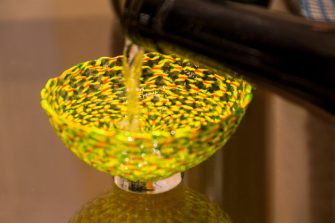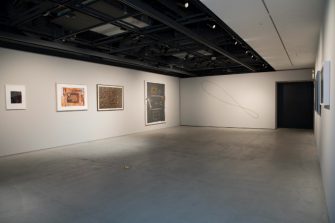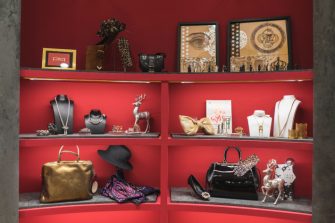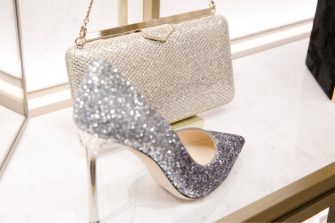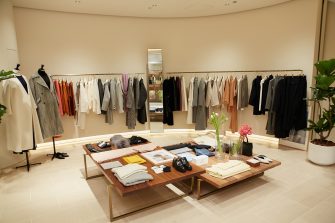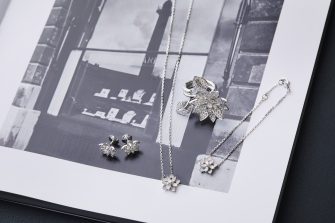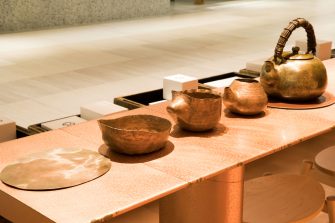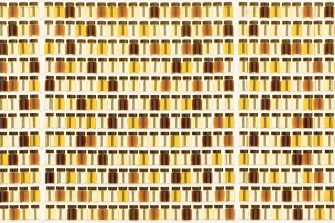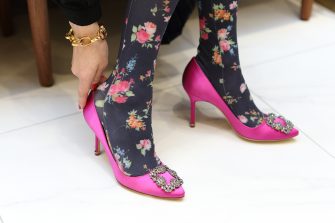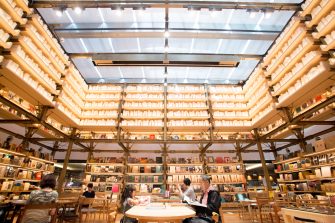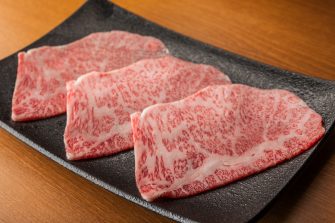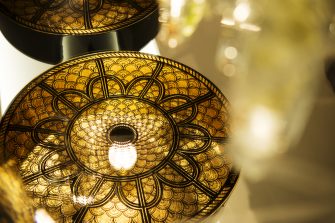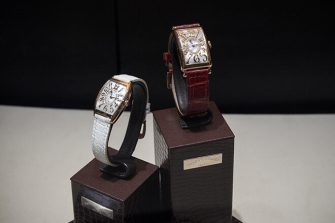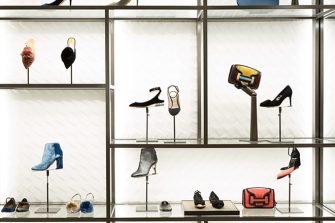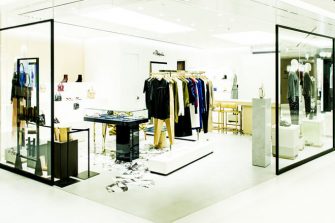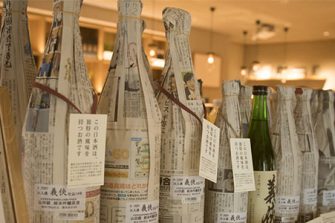

GINZA SIX EDITORS
时尚、珠宝&手表、生活方式、美容、食品…
精通各种类型的个性丰富的编辑们,在GINZA SIX上闲逛
记述走路发现的乐趣。
面向万人开放,保持高姿势的街道的“艺术”的矜持 Pride in art: A district of lofty standards, yet open to all
住吉智惠
GINZA SIX EDITORS Vol.66
我小时候,对家人来说百货商店就是银座松坂屋。80年代母亲在8丁目开了一家小店,27年从事女性经营。90年代自己从事与美术相关的工作后,成为了到处都是画廊的艺术的“现场”。繁华街的繁华与熟悉的地方亲密相处的特别街道就是银座。
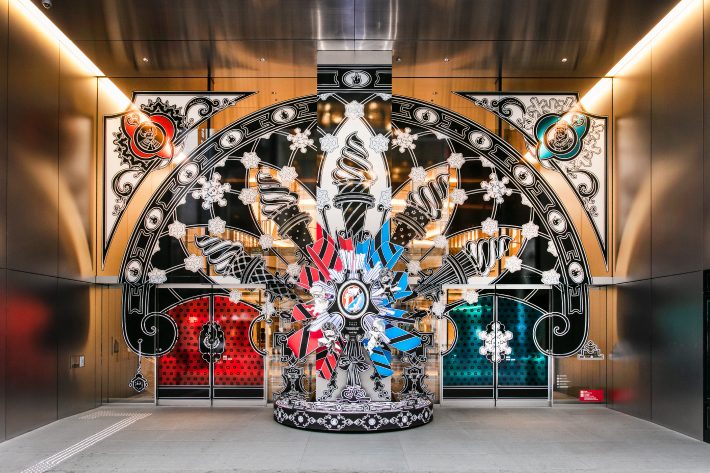
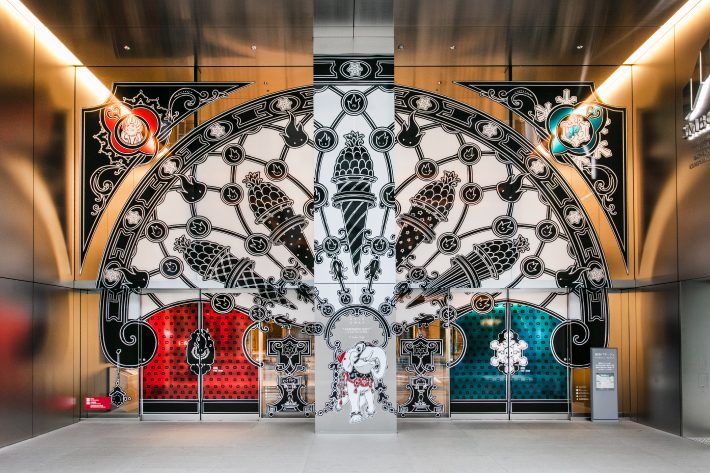
GINZA SIX上浓缩着“银座”。窥视一下通风,像斯克一样鳞次栉比的店铺里响起了高昂的声音,围绕着的楼层阶层仿佛歌剧院的阳台。馆内各处设置的公共艺术和画廊的小空间,给人一种突然停下来思考的时间。
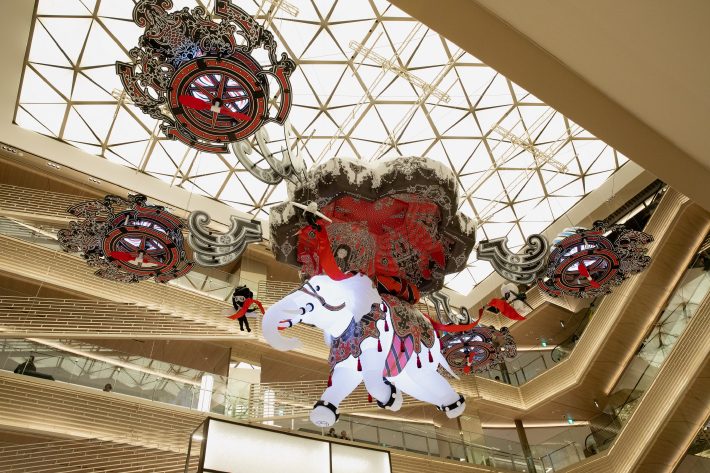
从这个秋天到冬天,以日本为据点的法国出身的艺术家尼古拉·布夫,亲自动手制作了以中央通风装置为首的全馆的艺术工作。标题是《Fantastic Gift~《冬之王国》与《夏天的王国》的故事~》。高约3米,全长约4米的气球象,被小天使普蒂操纵的无人机引导,从灼热的“夏天的王国”向被冰封的“冬季王国”进发。
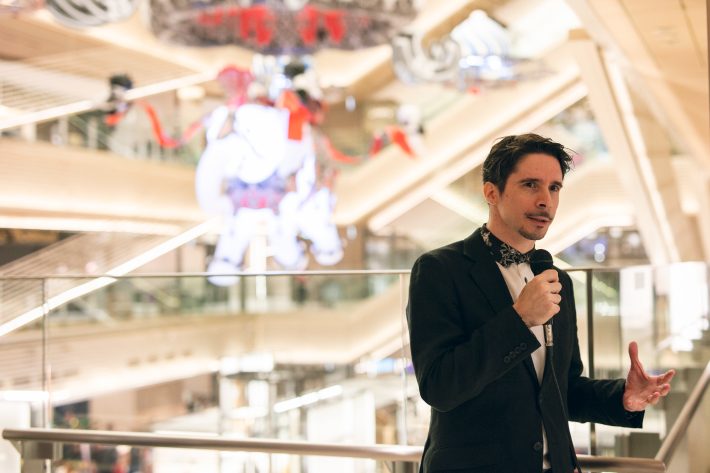
尼古拉·布夫出生于1978年巴黎。以欧洲的中世纪、文艺复兴、巴洛克的传统装饰美术和文学为基础,创造了一个融合了自己幼年时期受到影响的日本动漫和美国亚文化的故事世界。对古典艺术的深厚知识和亲身体会到的造型感,给他的作品带来了说服力。以“Serio Ludere(认真玩耍)”为概念的他在本作中选择了“地球气候变化”。

“在这个夏天非常炎热的季节里,我想到了故事的层次。要给那些愤怒、任性的夏季王国王子和冰山山雀的寒冬王国公主送一份解决问题的礼物怎么样? 运送作为知识象征的奥贝斯克的大象的创意,从意大利文艺复兴时期出版的带有插画的书《多菲罗的梦》中得到了启发。当然,背景包括连接欧洲和亚洲的外交历史,以及对现代国际社会的加勒比。”
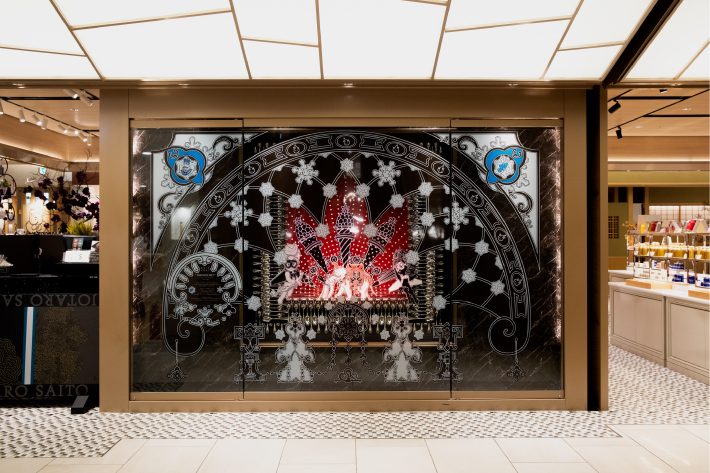
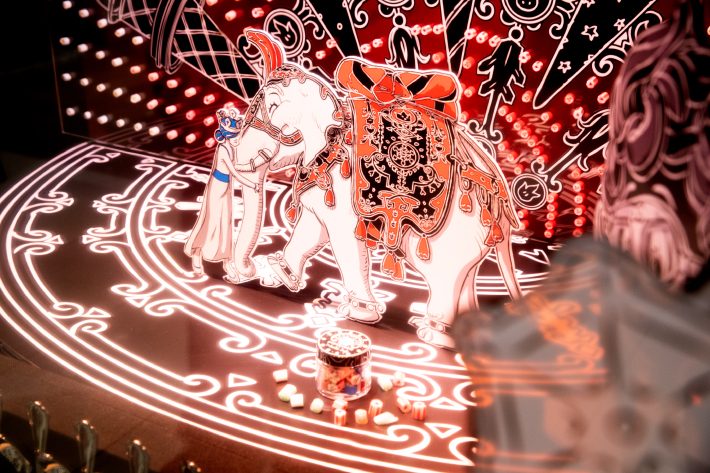
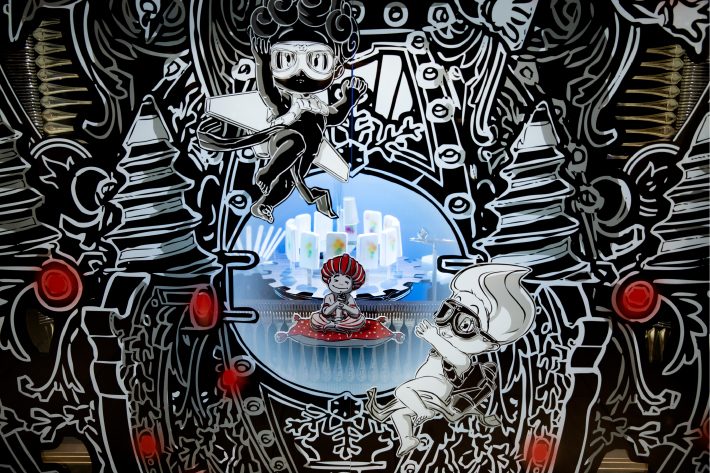
在采用任何人都能访问的幻想形式的同时,象征世界构图的文明批评性的方法给这个装置带来了复杂的层次。
除此之外,在面向银座大街的主入口(这个专栏开头的2张照片)和B2F橱窗里,也能遇到他的作品世界,所以想在馆内散步。
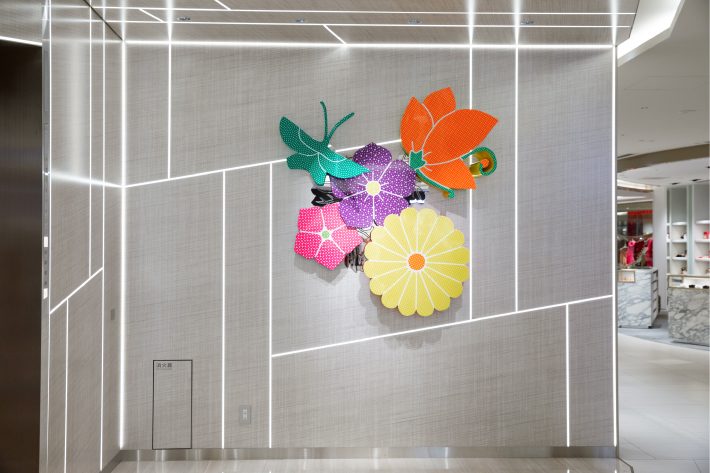
另一方面,你知道GINZA SIX馆内常设着好几处公共艺术吗。
例如,南电梯大厅里有大卷伸嗣的雕刻作品,在国内外的动态活动中备受瞩目。为了对抗江户时代颁布的“奢侈禁止令”,工匠们竞技艺、精致的江户小花纹图案的花和蝴蝶,代表了银座工匠文化的气魄,象征着现代银座的服饰史。
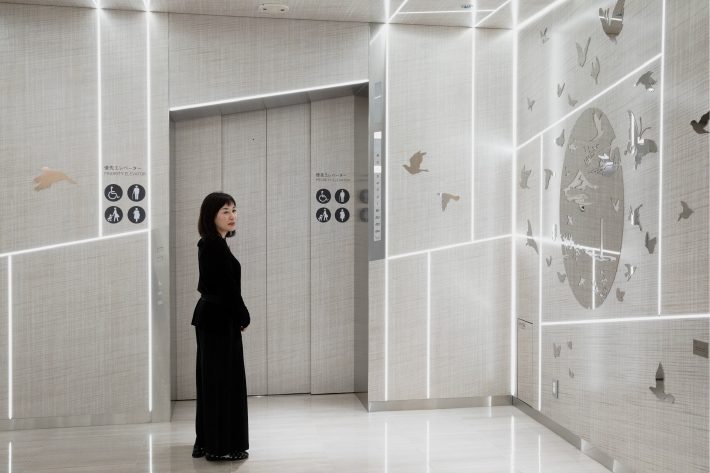
在北电梯大厅,有一部由船井美佐以“乐园与境界”为主题使用镜子构成的作品。站在本作的前面,镜子的碎片中也映照出自己的身影。在纵深的镜子世界里,也许能感受到理想和现实一刻一刻地反转、交错的“乐园”的主角的感觉。
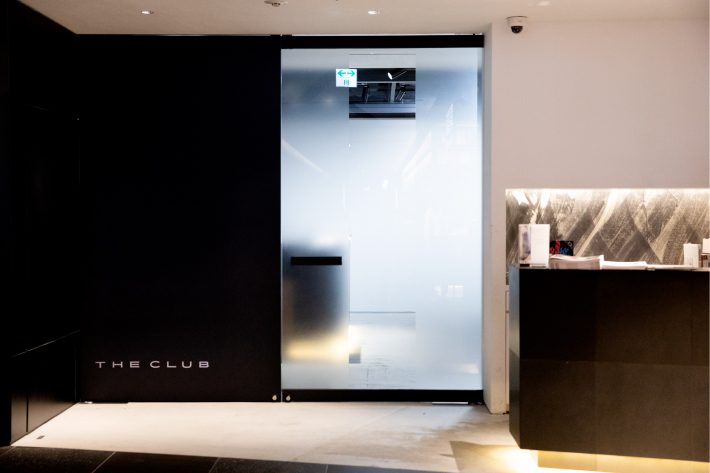
另外,馆内有几家画廊独自开店也是银座。
其中,银座茑屋书店中的年轻画廊THE CLUB备受瞩目。在伦敦萨扎比斯积累钻研的导演山下有佳子指挥的这个空间里,展开了一场细致地捞取在日本没有介绍过的新旧现代艺术家的欢乐活动。2018年12月1日至1月31日,以伦敦为据点活跃的年轻艺术家猪濑直哉的首次个展“Blue”将举行。过去被选为20th DOMANI·明日展,在国立新美术馆也有展示经历的备受瞩目的作家。
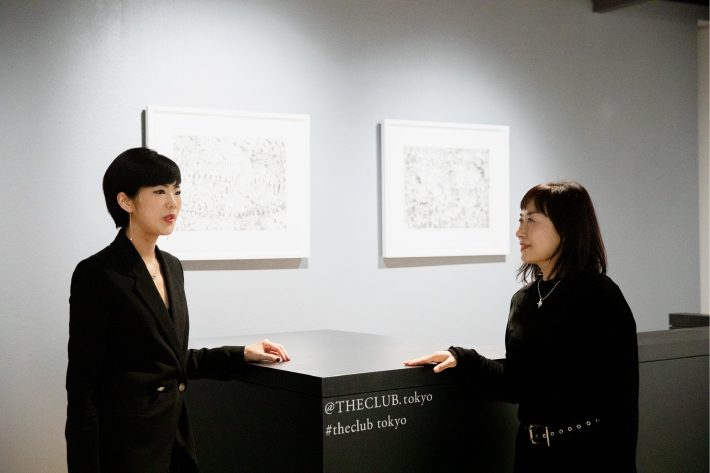
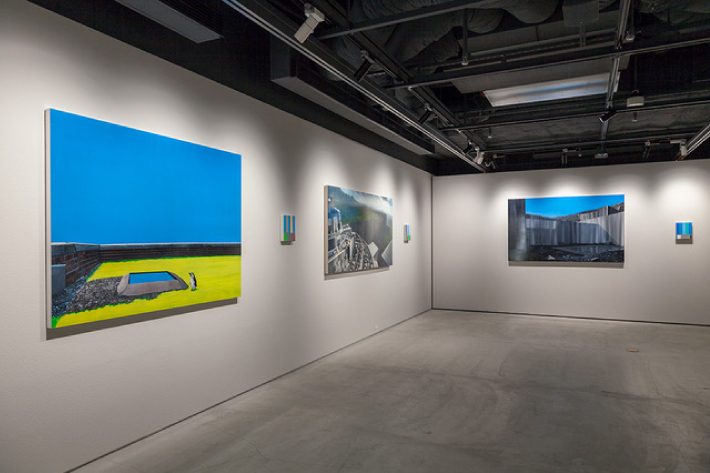
“THE CLUB”这个会员制俱乐部的名字和谜一般的乳白色玻璃门给人一种封闭的印象,但是和银座的画廊很难踏入。画廊名来自1949年,战后不久在纽约开张的8th Street Club,通称The Club的画廊。当时,最先进的艺术家和文化人聚集的HIP场所“俱乐部”在银座地区复活,期待以欧美为中心的现代美术的语境,以亚洲的视点打开突破口。
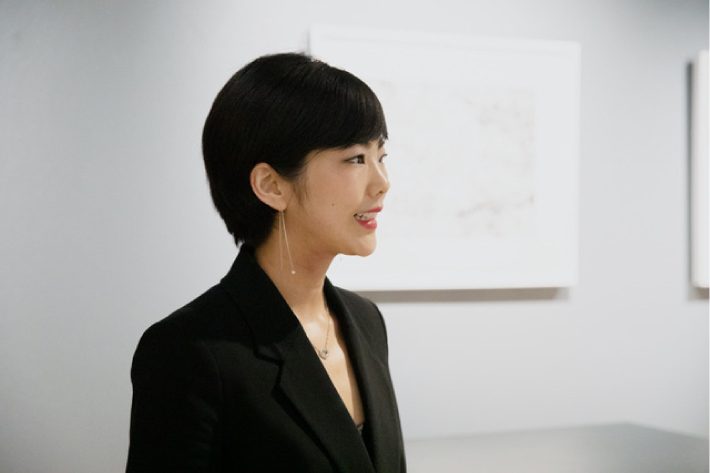
银座被认为是门槛很高的街道。如果可以的话,希望今后也能那样做。
现在日本(东京)需要具备向全世界的万人开放,却被邀请到里面,自然就必须磨练才智和审美意识的“保持高姿态”的街道。
银座标榜,吸引人们的正是这种“艺术”的矜持吧。
Text:Chie Sumiyoshi Photos:Sai, Jun Koike(Naoya Inose) Edit:Yuka Okada
Whenever my family mentioned the department store in my childhood, it always meant Ginza Matsuzakaya. Back in the 80s, Ginza was where my mother opened a little store in 8-chome and ran it herself for 27 years. Since I took a job in the art world in the 90s, Ginza has been my workplace, with galleries scattered here and there. For me, Ginza is a special place, a place where a bustling main street and intimate places I’ve known very well stand side by side.


GINZA SIX distills the essence of Ginza. Peering into the atrium, you see stores stand side by side, like a bazaar. The atmosphere is lively. The surrounding floors evoke the balconies of an opera house. The public art displays and little gallery spaces installed throughout the facility provide opportunities to stop for a moment and contemplate.

This autumn and winter, Nicolas Buffe, the Japan-based French artist, has mounted an atrium installation and various other artworks throughout the facility. The title of the exhibit is “Fantastic Gift: The Story of the Kingdom of Winter and the Kingdom of Summer.” A balloon measuring three meters high and four meters long, in the shape of an elephant, is lofted along by drone, steered by little angels called the Putti, away from the scorching heat of the Kingdom of Summer to the icy reaches of the Kingdom of Winter.

Born in Paris in 1978, Nicolas Buffe draws on traditional European decorative art and literature from the medieval, the Renaissance, and the Baroque periods. He also blends the childhood influences of Japanese anime and American subcultures to create story worlds. His in-depth knowledge of classical art and his skill at modeling, acquired through hands-on experiences, lend persuasiveness to his works. As the motif for this piece, in a spirit of serio ludere (serious play), he chose global climate change.

“I came up with the story layers during a really hot spell this summer,” he says. “The prince of the Kingdom of Summer is hot-tempered and selfish. The princess of the Kingdom of Winter is reclusive and cold-hearted. What possible gifts could resolve their problems? The idea of an elephant carrying an obelisk, a symbol of knowledge, came to me partly from Hypnerotomachia Poliphili (The Dream of Poliphilus), an illustrated book published during the Renaissance in Italy. In the background we see the history of diplomatic relations linking Europe and Asia and a caricature of modern international society.”



The approach, a fantasy format accessible to anyone, also functions as a critique of a civilization that illustrates how the world is linked and put together and gives this installation multiple layers.
You can see his works at the main entrance (two photographs at the beginning of this column) facing Ginza Street and in the B2F show window. They make a stroll around the facility worthwhile for any visitor.

Did you know a number of public artworks are on permanent display inside GINZA SIX?
In the South Elevator Hall, for example, there’s a sculpture by Shinji Ohmaki, who’s drawing attention for dynamic efforts both in Japan and overseas. In the Edo Period, the government issued an edict banning extravagance. Craftsmen responded by competing to refine their skills in producing sophisticated patterns known as Edo Komon. This forms the basis for the flowers and butterflies comprising the sculpture. Flowers and butterflies represent the spirit of the Ginza craftsman culture. They also symbolize the history of modern attire in Ginza.

In the North Elevator Hall, you’ll find a work by Misa Funai comprised of mirrors, whose theme is the Paradise/Boundary. Stand before the piece and you’ll see your own image reflected in the mirror fragments. This can inspire the sense that you stand in a world behind the mirrors, as the primary figure in a paradise of shifting interacting ideals and realities one after another.

In the spirit of Ginza, the facility also houses several galleries, each with their own exhibition. Of these, I’m interested in the THE CLUB, a young gallery located inside the Ginza Tsutaya Books. The space is managed by Director Yukako Yamashita, who gathered her expertise at Sotheby’s in London. Her curation painstakingly highlights the talents of contemporary artists, both old and new, whose work has yet to be exhibited in Japan. Between December 1, 2018 and January 31, the gallery will host Naoya Inose’s first solo exhibition, titled “Blue.” He is a young artist based in London who’s attracted considerable attention. His work has been selected for the 20th DOMANI Tomorrow Exhibition and displayed at the National Art Center, Tokyo.


The name THE CLUB conjures up visions of a private members’ club. Its mysterious milky white glass doors create a sense of a space closed off to outsiders. This is on top of the sense of anxiety Ginza art galleries typically inspire in those who dare enter. The name THE CLUB comes from the 8th Street Club (often simply referred to as “The Club”), which opened in New York in 1949, soon after the war. During those days, the word club came to denote a hip location where artists and others in the cultural vanguard gathered. I hope the version resurrected here in Ginza will prove as groundbreaking a source of an Asian perspective on the context of modern art, something with foundations in the West.

Ginza has long had a reputation for places that seem somewhat intimidating or closed to outsiders, and I hope an aspect of this will remain in place. I believe Japan (Tokyo) today needs places, dedicated to the loftiest standards, that still invite anyone to tackle the implicit challenge, places that naturally inspire a sense of responsibility to hone one’s intelligence and aesthetic sense.
People may very well look to Ginza precisely for this uncompromising advocacy of serious art.
Text:Chie Sumiyoshi Photos:Sai, Jun Koike (Naoya Inomata) Edit:Yuka Okada
住吉智惠
艺术制作人、作家。出生于东京。庆应义塾大学文学部美学美术史学专业毕业。1990年代开始作为艺术记者活动。经过艺术空间TRAUMARIS的主持,现在在各个地方着手展览会和帕福明艺术的企划。双语文化评论网站RealTokyo导演。支持育儿世代的艺术家和观众的平台“舞蹈保育园!! 执行委员会”代表。www.realtokyo.co.jp


